My 8yo daughter just started 3rd grade and even in virtual scooling, “show & tell” (S&T) is still a thing. It struck me that S&T is the first practice any of us ever get in delivering a presentation to an audience. While there’s no pressure to convince anyone of anything, and there is little at stake except for potential “cool points” based on your item, one thing is universally true -- kids must have a physical item to show or the whole exercise is pointless. Kids must show evidence of the thing they tell their classmates about or they won’t be believed. If we learn this lesson so early on about the need for evidence to back up stories, why as adults do we forget about it when it comes to writing our resumes?
Stop me if you’ve seen any of the language below in a resume -- no judgments if it’s in your own ;-)
“Proven track record of increasing sales.”
“Extensive experience delivering projects on time and under budget.”
“Demonstrated success in program development.”
While these statements don’t sound so bad at first, upon further review, they offer nothing of substance. Though meant to sound impressive and allude to success/accomplishments, in their current form, they are nothing more than claims. Further, since there is no evidence that substantiates them, they’re essentially baseless claims → until proven otherwise.











